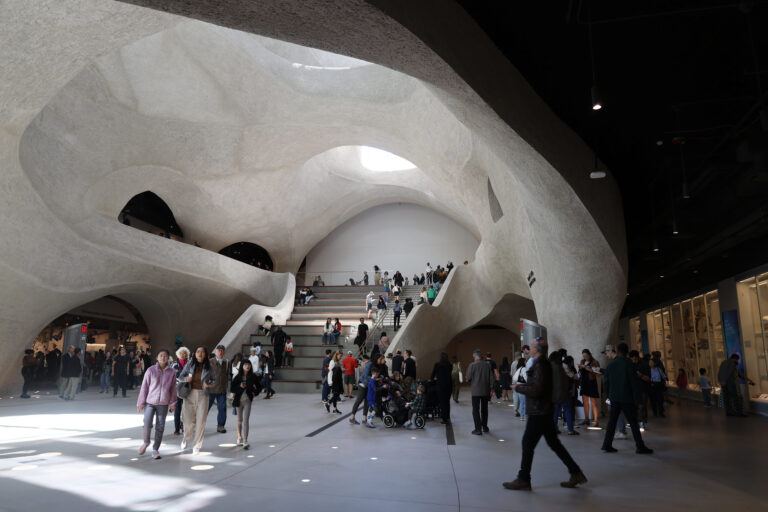The American Museum of Natural History (AMNH) in New York City is returning 124 Aboriginal remains and 90 Aboriginal cultural items as the museum faces increasing pressure to return thousands of human remains. The news follows updated, more stringent federal rules under the Native American Graves Protection and Repatriation Act of 1990 (NAGPRA) that took effect earlier this year.
Last Thursday, July 25, AMNH President Sean Decatur updated staff on the status of the agency’s repatriation efforts in a letter New York Times. According to his announcement, AMNH has “conducted more than 400 consultations with approximately 50 different stakeholders, including hosting seven visits by Aboriginal delegations and completing eight repatriations in 2024.”
A allergic An investigation last year found that the museum holds about 12,000 remains from communities across the United States and abroad, including the bodies of black New Yorkers acquired from medical schools in the late 1940s. The remains were collected through 150 years of acquisitions, donations and expeditions, with most coming from Aboriginal or colonial communities and lacking identification.
Earlier this year, AMNH joined other museums across the country in closing two galleries dedicated to Native American history, removing numerous Native artifacts from public view to comply with the latest NAGPRA regulations. The newly enacted rules now require institutions to obtain the “free, prior and informed consent” of tribal communities “before permitting the exhibition, access, or study of human remains or cultural items.” Despite these recent regulations, tribal community members remain skeptical of institutional delays in returning ancestral remains, complicated by issues such as contamination of collections and damage to artifacts.
in an email allergicAn AMNH representative noted that the museum’s recent repatriation did not take into account items on display in its closed galleries because “the [these items] In progress.
In April, AMNH identified three human remains belonging to the Santa Ynez Chumash Mission Indian Tribe on the Santa Ynez Reservation in Southern California, according to the Federal Register. Their bodies were recovered from San Miguel and Santa Rosa islands off the coast of Santa Barbara. In the late 19th century, the museum acquired one set of remains from James Terry, curator of the Department of Anthropology, and two others from the Austrian-born anthropologist and ethnologist Felix von Luchon. von Luschan, who had more than 5,000 human skulls in his private collection. That same month, AMNH identified four additional human remains and an associated grave artifact belonging to seven tribal communities in California, including the Santa Ynez Tribe.
Today, according to recent reports, the families of many individuals in the AMNH collection still have not received information about the whereabouts of their ancestors.

